| Transformer | |
|
Static machine working with alternating current, and equipped with 2 or more windings. With the principle of flow variation over time, it transforms at equal frequency, a voltage and current system into another one with different values in order to transmit electric power. |
 |
| Safety Transformer | |
|
Insulating transformer for the supply of safety extra-low voltage circuits (= 50 idle volts). Accidental contact on the 2 phases of the secondary winding can be sustained without any hazards to people. |
 |
| Insulation Transformer | |
|
A transformer in which the primary and secondary windings are electrically separated by a double or reinforced insulation, in the circuit supplied by the secondary winding, in order to limit the risk of accidental simultaneous contacts with earth and active parts or masses that can be under voltage in case of faulty basic insulation. |
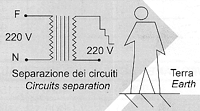 |
| Transformer with electrostatic screen | |
|
The use of transformers to supply sophisticated equipment (electronic and computer equipment), or their use in medical environments, where dangers to the patients must be reduced to the minimum, needs an electrostatic shield to be put between the primary and secondary windings. The electrostatic shield, made of 1 open and insulated copper coil or winding, discharges on earth disturbances found on the primary net (eddy currents) and prevents them from being created on the secondary circuit (utilizer). Transformers used in medical environments are made with this primary and secondary concept. . |
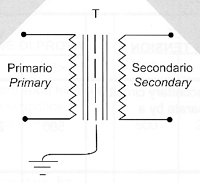 |
| Transformer with regulation taps | |
|
The transformers with regulation taps on the primary winding +- 5% (for single voltage windings) and +- 15% Volt (for bi-voltage windings), allow to compensate particular net variations, voltage drops in the conductors or voltage increase on the secondary when the transformer works at reduced load. |
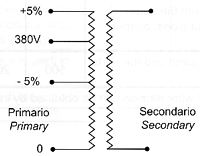 |
| Separation Transformer | |
|
Transformer with 1 or more primary windings separated from the secondary windings through at least fundamental isolation. |
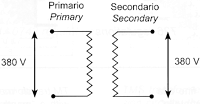 |
| AutoTransformer | |
|
A transformer in which at least 1 secondary winding has a common part with 1 primary one. N.B. without electric galvanic separation between the primary and secondary . |
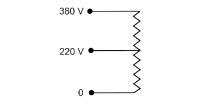 |
| Class 1 Transformer | |
|
All the transformer accessible metallic parts are separated from the live parts by means of the basic insulation. Furthermore, an earthed terminal must connect all the accessible metallic parts to a protection conductor (which is part of the installation electric system. |
 |
| Class 2 Transformer | |
|
All the transformer accessible metallic parts are separated from the live parts by means of a double or reinforced insulation. The transformer is not to be earthed. |
 |
| Class 3 Transformer | |
|
The protection against direct and indirect contacts is based on the safety extra-low voltage (= 50 Volts) to be guaranteed for both windings in the transformer (primary and secondary). A class 3 transformer is not to have an earth terminal. |
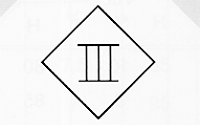 |
|
|
| Transformer over loads and short circuits resisting |
| Transformer short circuit no resisting | |
|
A transformer which must be protected against its over-temperature, by means of a protection device. The device is not supplied with the transformer. |
| Transformer short circuit resisting | |
|
A transformer whose temperature does not exceed the scheduled limits in case of overloads or short- circuits . Resistance to short circuits can be obtained with or without a built-in protection device (“non-inherently” and” inherently”). |
